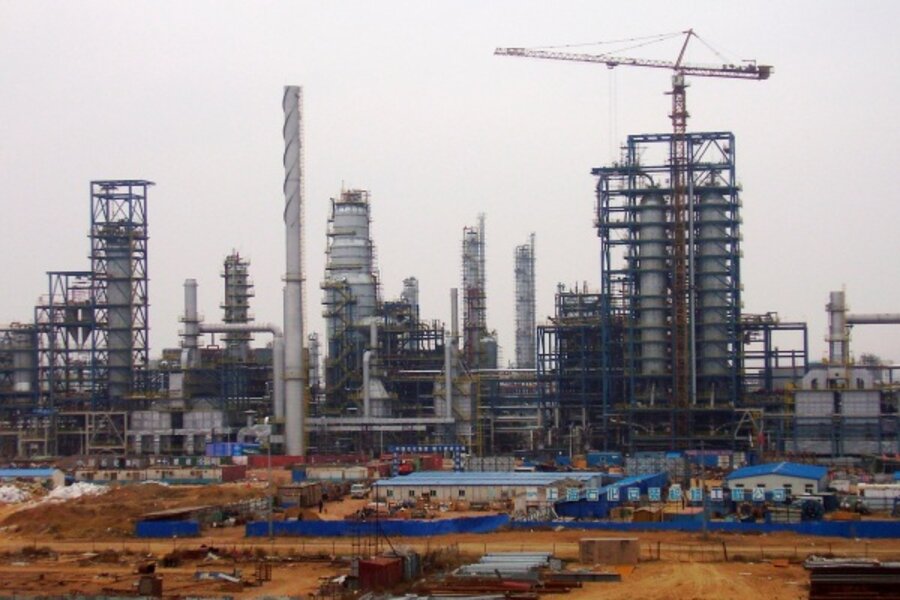Gas-to-liquids is a risky investment
Loading...
A news story recently proclaimed the benefits of gas-to-liquids technology:
A Chesapeake Energy (NYSE:CHK) backed company and Oxford Catalysts Group (OCG:London) are planning U.S. factories to make diesel, gasoline and jet fuel from gas, which fell to a decade-low price this year. Their goal is to make motor fuels more cheaply and easily than oil-based products produced at giant refineries, and all within two years.
Oxford Catalysts claims that with natural gas at $3.89 per million Btu, they can produce diesel for $1.57 per gallon. But investors should be cautious.
Without a doubt the technology is proven. Natural gas and coal have been converted into diesel for decades. Coal to liquids (CTL) was used during World War II by the Germans, when they needed fuel for their military but had limited access to petroleum.
Likewise, South Africa during apartheid turned to CTL. With sanctions restricting its petroleum supplies, South Africa used its large coal reserves to produce liquid fuel. South African Coal, Oil, and Gas Corporation -- Sasol (NYSE: SSL) -- still operates a number of gasification facilities, including the 160,000 barrels per day (bpd) Secunda CTL facility in South Africa.
Shell (NYSE:RDS.A) is a major developer of gas-to-liquids (GTL) technology. Shell has operated a GTL plant in Bintulu, Malaysia, since 1993 (which I visited in 2010), with a current capacity of nearly 15,000 bpd. In 2011, Shell commissioned the 140,000 bpd Pearl GTL plant in Ras Laffan, Qatar-by far the largest GTL plant in the world.
But there are two reasons to avoid companies whose primary focus is GTL, CTL, or BTL (biomass-to-liquids), and Shell's experience with their Pearl GTL plant is instructive. The two major problems with any of the XTL technologies are that capital costs are extremely high, and a long-term, cheap feedstock supply must be secured. Shell's initial estimate for the plant was $5 billion, but by the time the project was completed the costs were estimated to be around $20 billion.
With capital costs this high, a GTL plant needs 25 or more years of low natural gas prices, or at least a high oil/natural gas price ratio over that time. In Shell's case, they are getting the natural gas inputs for free in Qatar, and they based their investment decision on an expectation of oil at $40/bbl. Certainly the economics for their project look good at current oil prices. In a case where natural gas prices have the potential to go substantially higher -- and we can't say what the situation in the U.S. will be in 25 years -- the economics for the process become much more uncertain.
Thus, while a GTL plant is a bet on high oil prices and low natural gas prices, in most cases investors should be very cautious because of the possibility that natural gas won't be cheap relative to oil for 25 more years. You could make an exception for Sasol, given that the capital for their plants was sunk when oil prices were far lower than they are today (and capital costs were lower), and therefore the rising ratio of oil prices to natural gas and oil prices has made their CTL and GTL assets very profitable.
– This article is a modified version of a story in Energy Trends Insider, a free subscriber-only newsletter that identifies and analyzes financial trends in the energy sector. It's published by Consumer Energy Report.







